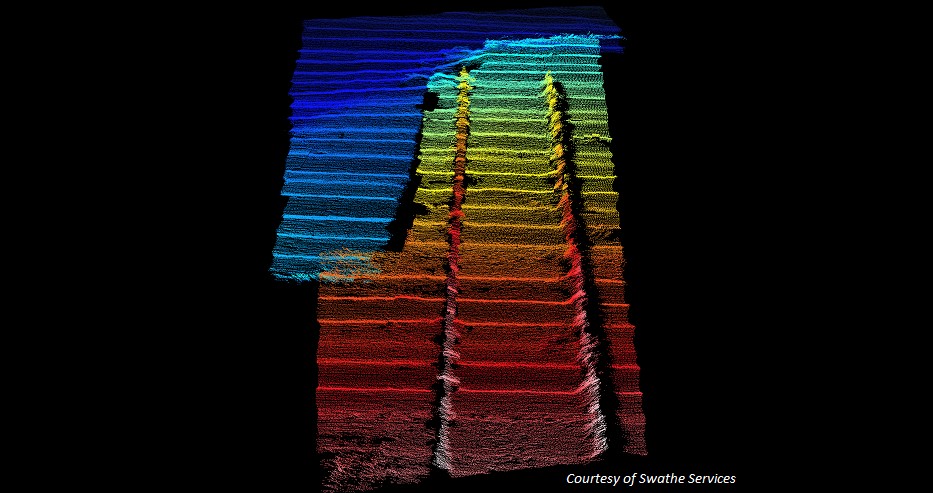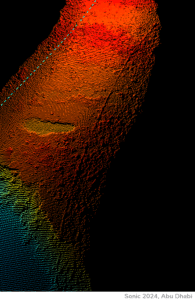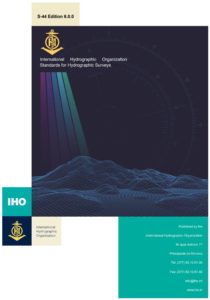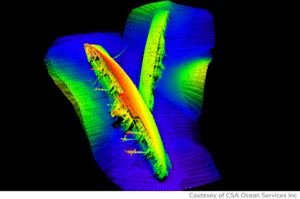Both! Any Sonic series can run on 90-260VAC or 12-30VDC batteries.
Most hydrographic surveys conducted on surface vessels will require the use of a robust and powerful laptop, which consumes significant power and requires VAC. Therefore, having a multibeam sonar that can be powered by VAC simplifies the overall installation of the different equipment and sensors needed for a multibeam survey. By default, all Sonic series are powered by 90-260VAC.
That being said, if the multibeam echosounder needs to be powered by batteries, the power signal needs to be converted from 12-30VDC to 90-260VAC, which means that the batteries must be connected to a power inverter. The diagram below illustrates the recommended connections between the different sensors and equipment when using batteries.
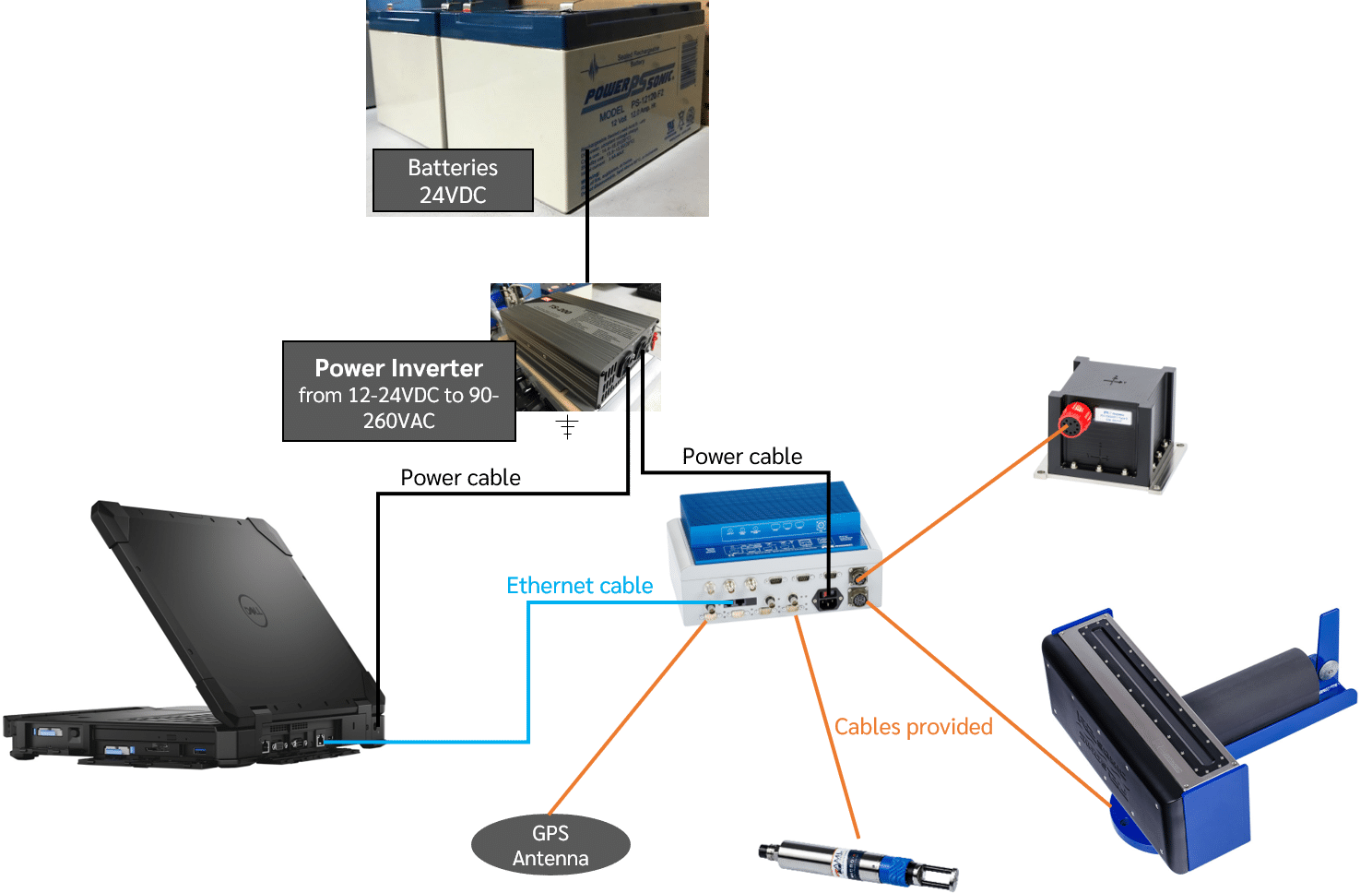
How to select the right inverter?
It is critical to make sure the inverter outputs a true sine wave. Please do not use an inverter that outputs approximate sine wave, as it could generate signals that interfere with the multibeam sonar. If the quality of the sine wave of the power inverter is not good, the inverter will generate harmonics that create noise which will interfere with the operating frequency of the multibeam sonar. If noise is detected at a specific operating frequency, this frequency will no longer be available for the multibeam survey, which reduces the ability to select the most adequate frequency for the survey.
As an example, we have worked with the TS-200-124 from MeanWell, which is compact, easy to install and very economical.
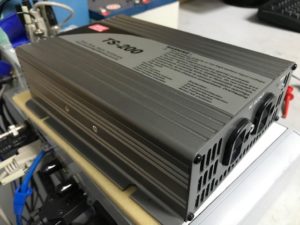
Power inverter TS-2000-124 from MeanWell
Tests showed that no interference (noise) was detected over the entire frequency range (170kHz-450kHz) with the inverter powering the SIM, the multibeam echosounder, and the set of sensors required for the multibeam survey.
What to account for when using batteries?
If you are considering powering the multibeam echosounder with batteries, it is critical to account for the power consumption (different from power output) of the multibeam sonar. The higher the power consumption, the shorter the autonomy of the multibeam sonar powered by batteries. This limitation can have negative consequences on the ability to conduct a multibeam survey in a timely manner, which could increase the duration and therefore the cost of the project. Several factors will impact the power consumption of the multibeam sonar:
- Ping Rate
- Power setting
- Pulse Width
- Operating Frequency
For example, a bathymetric survey was conducted in 80m of water, with a Sonic 2020. Both the multibeam echosounder and the laptop were powered by the batteries. Thanks to the low power consumption of the Sonic 2020, the multibeam sonar operated for 6h without recharging the batteries, which were standard 12-24VDC batteries.
It is recommended you estimate the power consumption of the set of sensors and laptop and compare it with the output power of the batteries and of the power inverter. The multibeam echosounder will be one of the main consumers of power; selecting one with low power consumption will allow a longer use of the batteries before recharging them.
The power consumption of the Sonic series varies depending on the model:

Example of the Sonic 2026 used on a sailboat
Andrew Hamilton (University of Alberta) and Gabriel Joyal (Centre Geomatique du Quebec) led the Vagabond cruise expedition to the Arctic region of Canada. They chartered a small private sailboat to conduct their research during the Summer. The low power consumption of the Sonic 2026 proved to be a significant asset.

